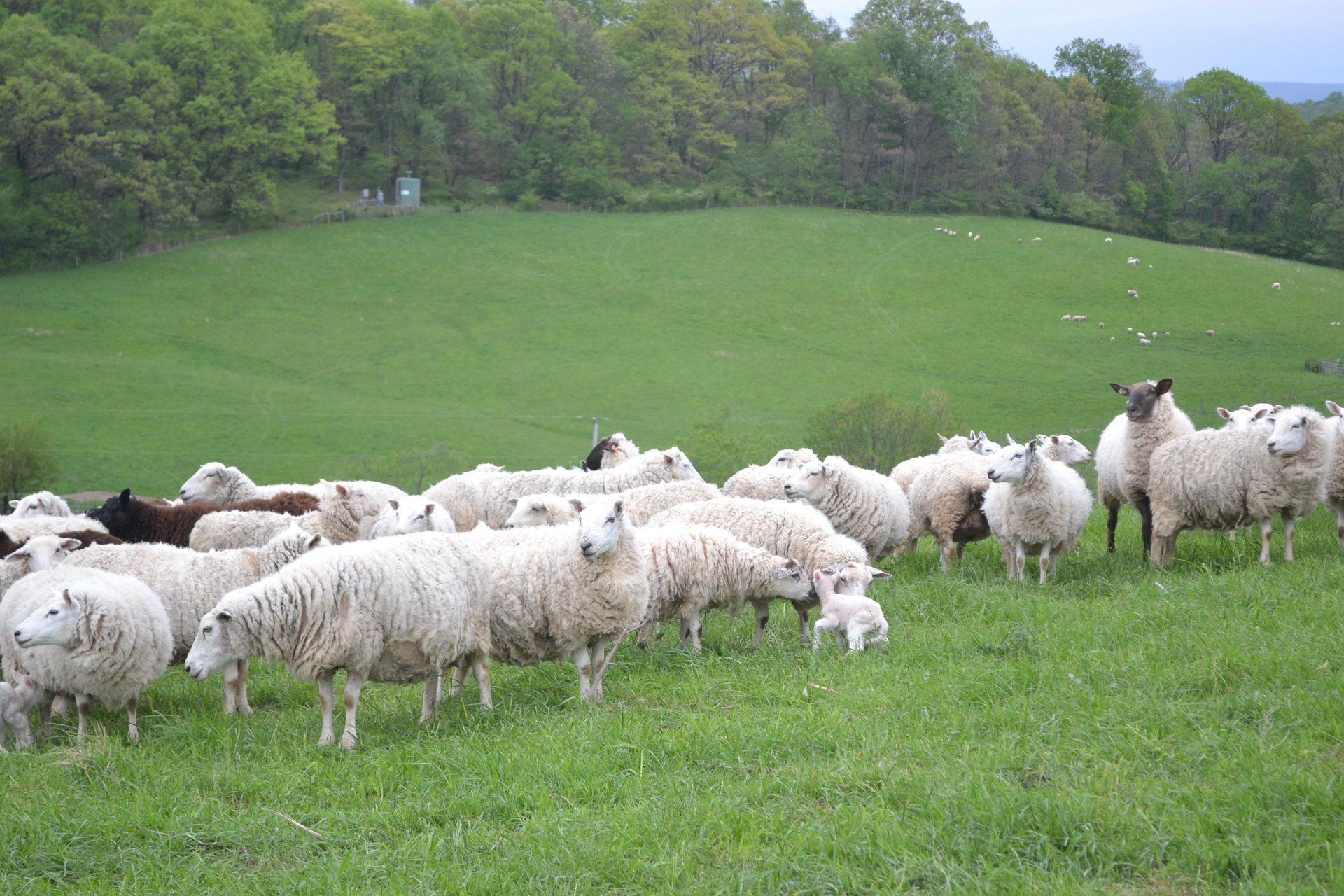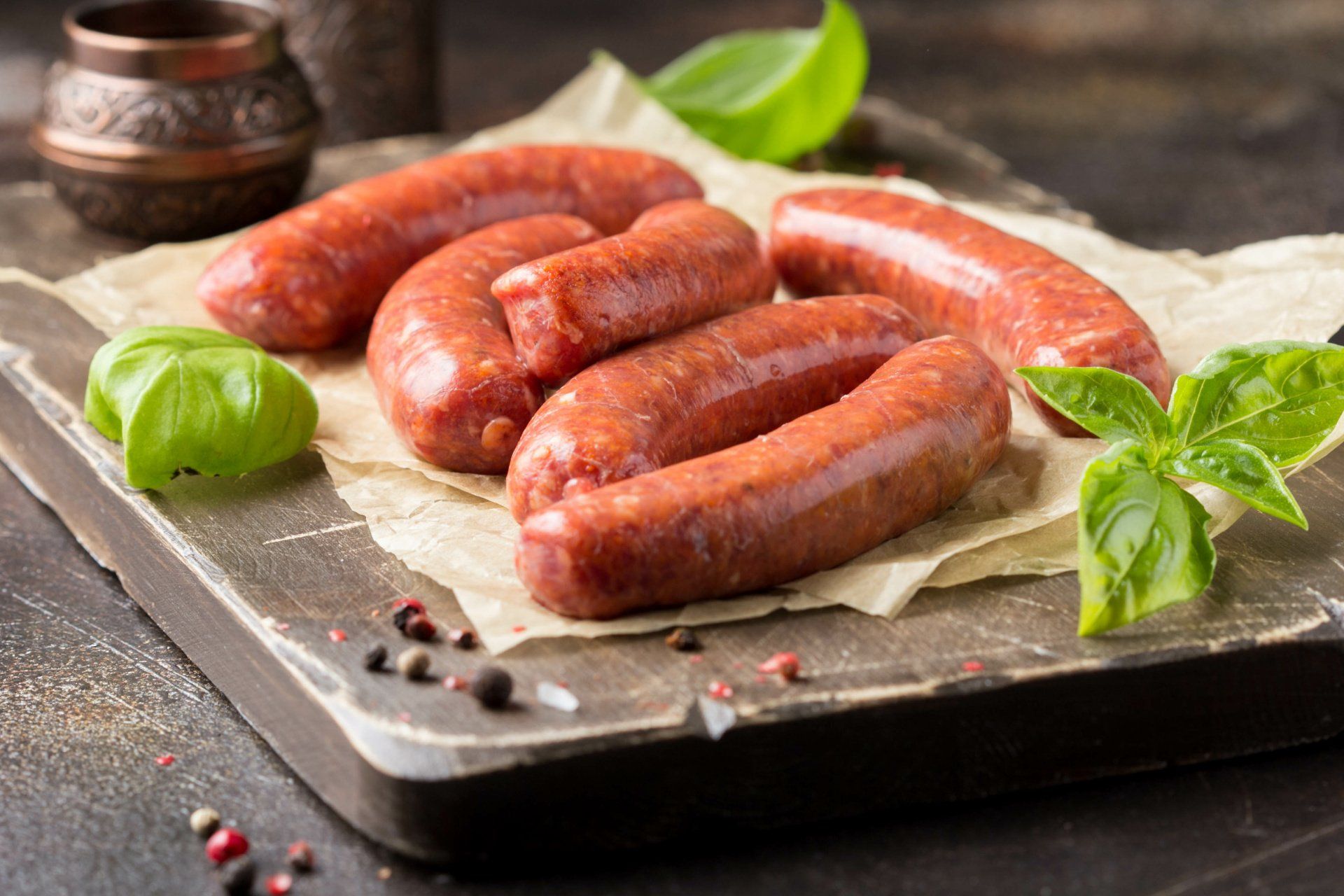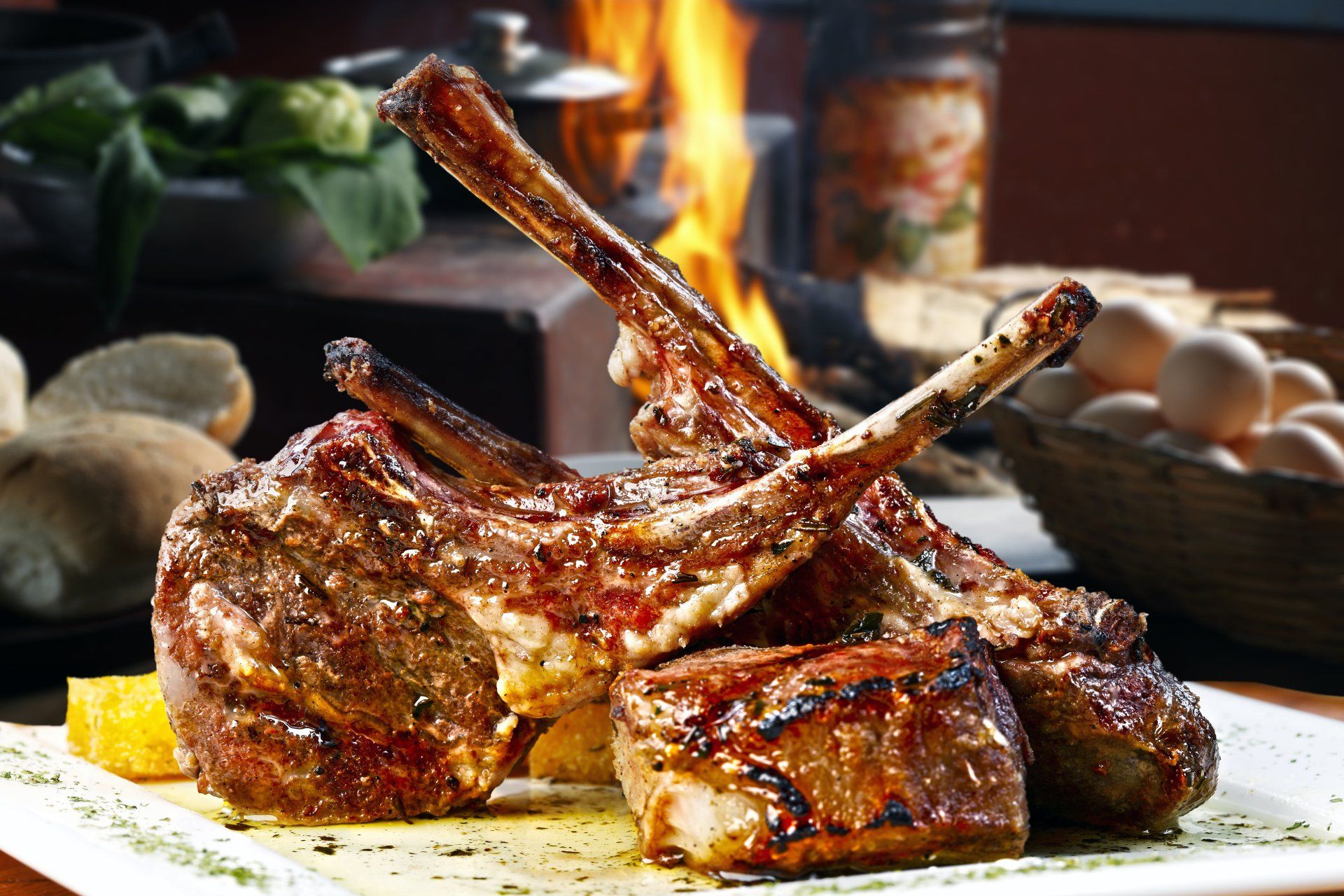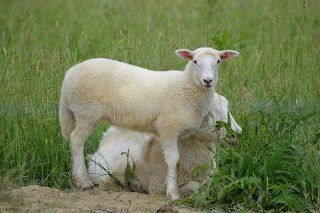




My two racing heroes in the sixties were Jim Clark and Paddy Hopkirk. I couldn’t race like Jim Clark, so I became a sheep farmer like Jim Clark. I couldn’t rally like Paddy Hopkirk so I bought a ’65 Cooper S after High School, which I drove from western Pa. to San Diego, Ca in 1967. I now have a Sheep Farm and a ’67 Cooper S, Almond Green and Old English White, the same colors as the ’65 that I drove across the country.
In June of 1962 during a family visit to California, I pestered my father’s best friend to drive me three-plus hours from Santa Barbara to watch Riverside’s only attempt at a six-hour enduro. Ken Miles was racing a Ferrari 250 GT SWB Berlinetta, Ronnie Bucknum was in another Ferrari 250 GT with the exotic challenger being Bill Krause in a Tipo 61 “Birdcage Maserati.” The Miles/Drake Ferrari won, Bucknum was second, and Krause’s Birdcage was a DNF from gearbox failure. Serious stuff. But all anyone could talk about was the flying shoebox running flat out. It looked like it didn’t brake at all coming up the hill to the infamous Turn Six; all on less than 1,000 cc.
A few years later, being an 18-year-old entitled jerk at a “Preppy Bar” in New York, I first saw one up close in action. I walked up the steps out onto Lexington Ave. to look for the “18 Something” beauty I was to escort to the bar. It was a typical Manhattan Traffic Hour, shut down to a standstill by a phalanx of Yellow Checkers. Suddenly I heard an engine revving like I had only heard from British Formula Cars. In a split second, there appeared the less than 5-foot hole needed, and with that, a noisy red/black Austin Cooper S rocked back and forth on its hydrolastic suspension, the driver double clutching down to second gear, leaving me and others around me blown away as he pushed the 4 ft. 6 in. wide car through to daylight, with the stock engine hitting well over 6000 rpm. Remember, this was the mid-sixties when VWs and other underpowered “Economy Cars” ruled.
This moment was reminiscent of everything I had read about in “Road and Track,” and “Car and Driver.” This tiny shoebox thought it was a racecar. That’s what was so cool: it was. Here was this square box with a ten-inch wheel at each corner that was outsized by a VW Beetle. But what a difference! The ‘65 VW had 1200 cc and 40 HP, the 1965 Mini Cooper S had 1275 cc and 78 HP. Another way of looking at it was that the stock Mini had 78 Cu. In (1275 cc) and made 78 HP, or one horsepower per cubic inch at a 9.75 to 1 Compression Ratio in a pushrod engine: a very hot engine for the day.
There I was, a year later, that same entitled young jerk but one who was now allowed to pick a car upon High School Graduation. My friends were pushing me to the obvious choice of a roadster that would be more of a “Chick Magnet,” which of course had to be seriously considered at that age. Money was a factor, even though the car was a graduation gift. Today, as a farmer, one of my most trusted tenets is, “Pigs get Fat, Hogs get Slaughtered.” That meant the MGB Roadster, not a Jaguar XKE, was a possibility as it was similar in price to the Mini Cooper S.
This was the mid 1960’s. I was a racecar groupie at the time. I went to races at Connellsville PA, Nelson’s Ledges, and Mid-Ohio. I “pitted” for Jim Brown, who owned the local grocery store, and raced a lime green Austin-Healey 100-6. We all ran with Bob Leitzinger who had Lotus of Pittsburgh in McMurray, PA in the sixties. He successfully raced a real Lotus 26R (Race Elan) throughout the sixties. I even met and shared a submarine sandwich with Briggs Cunningham at a talk he gave about C & D Type Jaguars. How cool is that?
Jim Clark(Scottish sheep farmer and race car driver) and Paddy Hopkirk were my heroes. But there was a difference; Clark was a Formula 1 driver who only occasionally did saloon racing with the Lotus Cortina. Hopkirk considered himself at his best as a rally driver. He was famous for winning the 1964 Monte Carlo Rally and other races, while making the Mini the leader in International Rally Competition. The Cooper S had won The Monte Carlo Rally in 1964, 1965, 1966, and 1967. The win in 1966 was disqualified, due to a headlight infraction. That disqualification, which had all of motorsports in a stir because it seemed simply a negative bureaucratic punitive reaction to the Mini’s success on the Rally Circuit, provided more positive publicity for the Mini than the British Motor Corporation could have ever afforded to buy.
So here I was considering this humble little box as my dream car. I was worried my friends, both male and female, would think I was a total Geek. I was still strongly leaning towards an MGB or used Austin Healey 3000, knowing I would win some beauty, who dreamed of having her hair blowing in the wind as we drove off into the sunset.
In the end, I just could not help myself. In 1966, I bought a slightly used 1965 Almond Green/Old English White Austin Cooper S. I was buying a real race car! The whole stink with the “Federation Internationale de L’Automobile,” was about rules. Under the homologation certification, BMC had to produce approximately 5000 units of Austin/Morris Cooper S to run it as a true Group 1 car. Now I could be just like Hopkirk; I was driving the same car that he was. The thought that you could buy the same homologated car that was crushing the Rally Circuit at your local BMC Dealer was amazing. At Sebring, in 1967, I even got to see Paddy Hopkirk pass at least half of the field from the back of the pack of seventy cars before he reached the starting line. It was unbelievable!
So, for the next year and a half, I drove my mini like crazy, entering and winning local autocrosses, beating cars that were bigger and faster, very few touching my torquey little car with the 80-inch wheelbase and ten-inch wheels. I did eventually sell it after becoming too accustomed to regularly terrifying disbelieving passengers by taking corners regularly on three wheels; but boy, was it fun.
Over forty years later I found a 1967 Cooper S in the same Green/White colors in Cincinnati when we were visiting my wife’s parents. On a test drive, I asked the owner if I could push it a bit on an Interstate entrance ramp. He said, “Yes.” The owner lost all the color in his face as I was nearing the 78 MPH third gear shift point on the 35 MPH ramp. I had forgotten how much fun that was. I managed to guilt my wife into letting me buy the car a few years later.
My Mini has become a cross of “mid-life crisis” and mood stabilizer. It is my place of peace and instant escape. As they say, you can’t drive a Mini without a smile on your face.




Jamison Farm
171 Jamison Lane
Latrobe, PA 15650
724 237 3137
sukey@jamisonfarm.com
john@jamisonfarm.com
